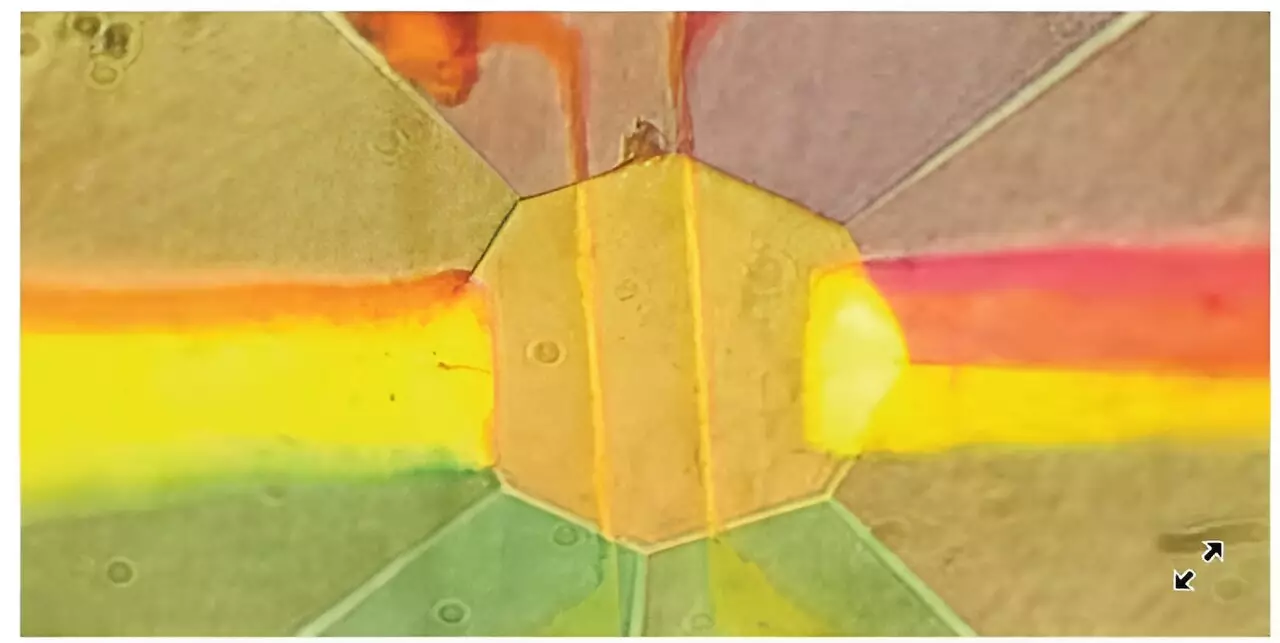Superconductivity, a remarkable phenomenon first discovered by Heike Kamerlingh Onnes in 1911, fundamentally revolutionized our understanding of electrical conductivity. The first superconductor, metallic mercury, demonstrated that when cooled to around 4.2 Kelvin, it could conduct electricity without resistance, a feat that not only intrigued scientists of the time but laid the groundwork for future exploration into the state of matter known as superconductivity. Since then, the scientific endeavor has revolved around the search for materials that can sustain superconductivity at higher temperatures, ideally those close to or at room temperature. The quest remains a cornerstone of modern materials science, promising to transform energy transmission, electronics, and countless other applications.
Unlocking New Materials Under Pressure
While most traditional superconductors operate at extremely low temperatures, scientists have discovered that applying high pressure can unlock superconducting properties in various materials that would otherwise remain dormant under normal atmospheric conditions. Sulfur, once categorized strictly as a non-metal under normal conditions, becomes a superconductor when exposed to pressures exceeding 90 gigapascals—an impressive level almost a million times the pressure we experience at sea level. The interaction of high pressure with sulfur’s atomic structure alters its electronic behavior, driving it into a metallic state and paving the way for superconducting properties when temperatures are lowered. Recent advancements have enabled researchers from Germany and the US to explore these high-pressure phases more effectively, exposing exciting potential for room-temperature superconductors.
Innovative Measurement Techniques
The complexities of high-pressure environments pose significant challenges for accurately measuring the properties of materials like sulfur. Conventional methods often utilize pistons or Bridgman anvil pressure cells, which can apply controlled pressure but encounter limitations in obtaining reliable measurements. To bridge this gap, the research team crafted a unique approach utilizing a diamond anvil cell, which can generate immense pressures on diminutive samples. By placing a small quantity of sulfur between opposing diamond tips, the team successfully elevated the pressure to 160 GPa and observed superconductivity at 17 Kelvin.
To delve deeper into sulfur’s superconducting properties, they adopted a planar tunnel junction within the high-pressure environment, which facilitated the measurement of electronic states through quantum mechanical tunneling. This was crucial in quantifying the energy gap that defines the superconducting state—the so-called Cooper pairs forming at low temperatures—although they faced challenges regarding the reliability of measurements at extreme pressures, including electronic leakage across the barriers.
Fabrication of Novel Junctions
In a pioneering effort, the research team innovated a method to fabricate the planar tunnel junction “in situ,” directly within the diamond anvil cell, allowing them to extend measurements into the exciting realm above 100 GPa. The use of tantalum pentoxide serves as a stabilizing insulating layer, crucial for maintaining the integrity of the junction under such conditions. This strategic advancement opens new pathways for investigating superconductivity and could prove instrumental in discovering other materials with potentially groundbreaking superconducting properties.
By employing a scanning tunneling microscope tethered to the planar junction, researchers gained unprecedented insight into sulfur’s critical temperature of superconductivity, confirming it as a type II superconductor. This discovery is significant, as it establishes sulfur as a candidate for future exploration into other materials exhibiting similar characteristics.
Looking to the Future of Superconductivity
The implications of this research are profound. If harnessing the secrets of high-pressure superconductivity can lead us closer to room-temperature superconductors, it could catalyze a technological revolution across multiple sectors, from energy transmission to quantum computing. The critical work conducted by the Max Planck Institute for Chemistry team exemplifies the collaborative effort needed in science to tackle such complex questions surrounding the nature of superconductivity.
Researchers are now poised to extend their innovative techniques to other exotic materials, such as hydrides and nickelates, ingredients that may harbor even more surprises in the realm of superconducting phenomena. Feng Du, one of the leading scientists in this endeavor, recognizes the importance of this work, asserting that discovering the “gene” of high-temperature superconductors through their novel microscopy can lay the foundation for future materials that could operate under ambient conditions.
The race is on: as scientists peel back layers of complexity in superconductivity, we inch closer to discovering materials that might one day change the conductivity landscape forever. These breakthroughs may soon redefine our technology, leading us toward a future of energy-efficient solutions that were once relegated to the realm of science fiction.

